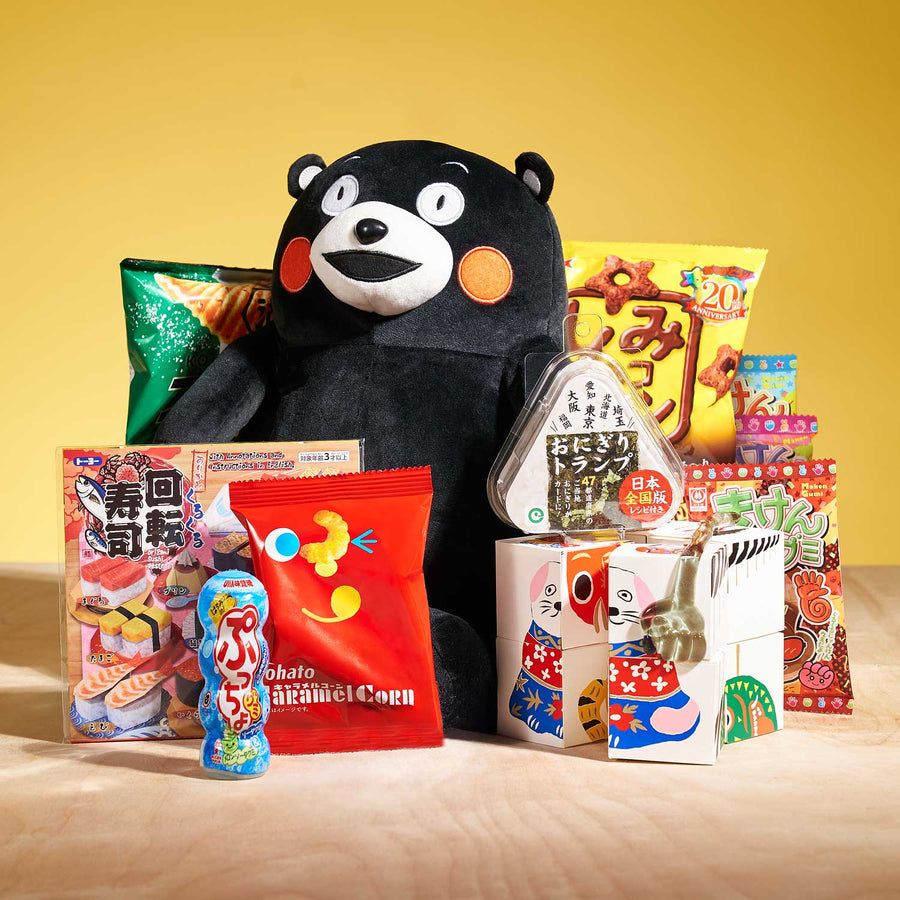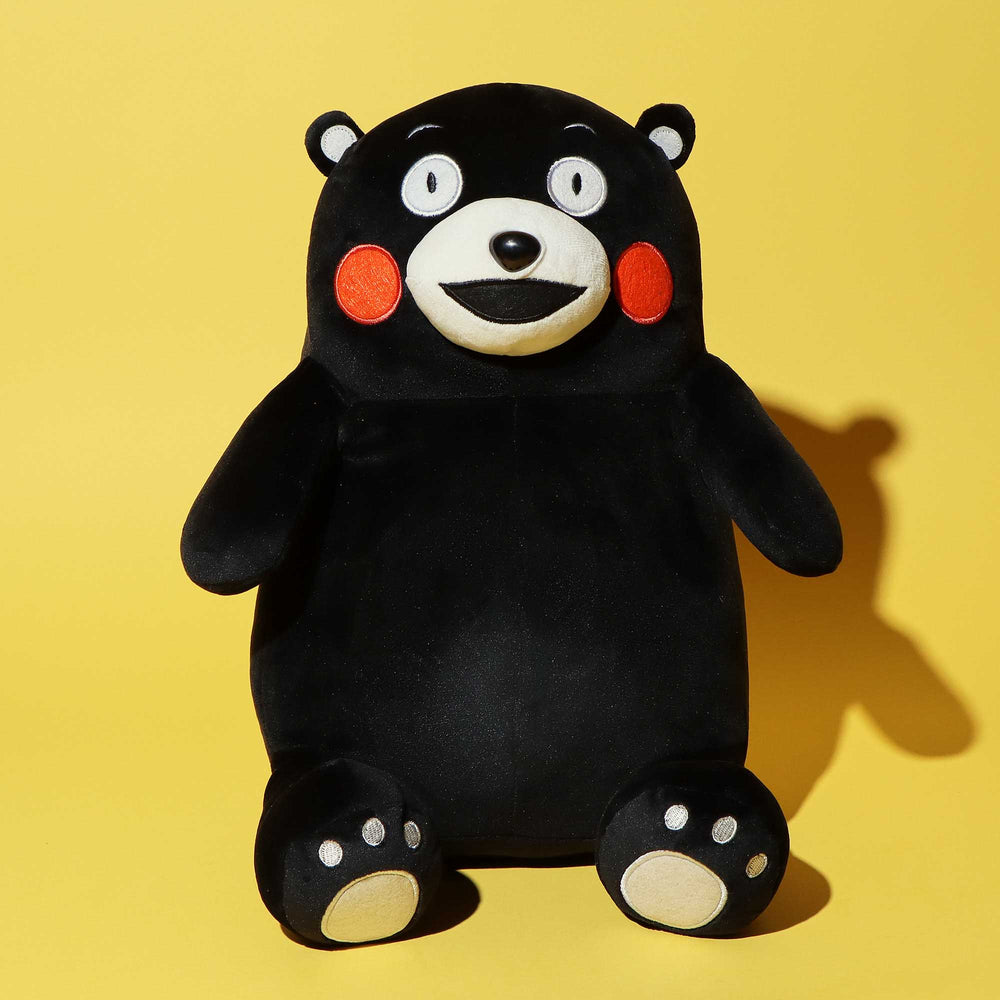Exploring the Legend of Kintaro: Japan's Boy of Strength and Valor
With the strength of Hercules and the bravery of Perseus, Kintaro is the peak of every young boy’s dreams in Japan. This valiant folk hero has inspired countless anime, manga, and video game characters. Who is he and how did he come to have such incredible strength? Discover all of that and more as we explore the legend of Kintaro!
Introduction:

We’ll never get tired of stories about infants raised by animals in the wild. The idea may be a little worrying, but it remains a popular theme because it explores human potential in an exciting way. The legend of Kintaro is one such story. It’s centered around the origin and adventures of one of Japan’s most beloved folk heroes.
As a character in Japanese folklore, Kintaro is blessed with superhuman strength and the ability to communicate with wild animals. As you would have guessed, Kintaro did not have a typical childhood. Raised by a yama-uba (mountain witch), Kintaro grew up to have super strength and a deep connection with his animal friends. He would later become a follower of the samurai and change his name to Sakata no Kintoki. Kintaro battled many fearful beings, including the Japanese demon leader Shuten-dōji.
His legend appeared in ancient Japanese literature, art works, bunraku theater, and kabuki drama. You can also find modern interpretations of the tale in anime, manga, storybooks, toy collections, and video games.
Who is Kintaro?

Kintaro is a legendary hero from Japanese folklore. Also known as Golden Boy, he is often portrayed as a brave and strong child. Kintaro had a full, round shape and red skin as a child. He wore a haragake apron inscribed with the kanji for “gold.” As an adult, Kintaro grew into a muscular and bearded man.
He is famous for his supernatural powers, which include super-strength, agility, and speed. In some versions of the legend, he has the ability to talk with animals. Kintaro is so strong that he can perform incredible feats like uprooting a tree and wrestling a bear. Relentlessly active and determined, Kintaro is a hero in every sense of the word. He is brave in the face of danger and always ready to help those who have been terrorized.
There is a widespread perception that Sakata Kintoki, a real-life samurai, served as the character's inspiration. Long ago, Sakata Kintoki lived in the Heian period (794–1185) and was famous for his prowess as a warrior.
The Legend of Kintaro

Kintaro is the son of Princess Yaegiri, and he was born in a village near Mount Ashigara. There are multiple versions of the legend of Kintaro, and some of them have different origins for the character. Hence, the story of his childhood is one of the most debated aspects of his legend. The following are the four alternate versions of Kintaro’s origins:
-
His mother was a human, and she raised him in the village of Jizodo.
-
She was born in Sakata, Yamagata but fled to Mount Ashigara after a serious family dispute.
-
The mountain witch discovered him after his mother abandoned him in the wild.
-
His haggard-looking mother raised him in the wild and became known as a mountain witch.
-
Raijin, the Japanese god of lightening, impregnated a mountain witch by sending a thunderbolt.
Despite their different origin stories, most versions of the legend agree that, as a child, Kintaro was always active and never got tired. He only had one item with him at all times, which was a hatchet (masakari). Kintaro had no human friends because of his intimidating personality. The only companions he could keep were the animals of Mount Ashigara or Mount Kinoki. Even at a young age, Kintaro performed feats of great strength. Some stories claim that he also developed the ability to speak to the animals of the mountains as well.
There are several tales of Kintaro’s adventures in Japan, including stories of how he wrestled a giant koi carp and fought different kinds of demons (oni). When Kintaro reached adulthood, he decided to change his name to Sakata no Kintoki. It was around that age that he encountered Minamoto no Yorimitsu, a prominent samurai in the Heian period. Impressed by Kintaro’s strength and bravery, the samurai took Kintaro to his home in Kyoto.
While in Kyoto, Kintaro learned martial arts. He became so good at combining it with his strength that he quickly rose through the ranks, eventually becoming the chief of Yorimitsu's Shitennō. Kintaro later took his mother to join him in Kyoto.
Symbolism in Kintaro's Story

is a popular figure in Japan, not just because of his superhuman abilities but also because of what he represents. To many families in Japan, he is the embodiment of the ideal boy. The following are the symbolic themes in the Kintaro legend:
-
Bravery: Despite his incredible strength, Kintaro is still human and mortal. Yet he could face the most horrific monsters from ghost stories without flinching. Courage is one of the most important values of the samurai.
-
Loyalty: Kintaro also displays loyalty, one of the prominent virtues of Japanese culture. He remained dedicated to serving samurai Minamoto no Yorimitsu whichever way he could.
-
Strength: Golden Boy showed many feats of strength and resilience, two virtues with an esteemed place in households.
-
Compassion: Kintaro represents the concept of Omoiyari, the Japanese art of compassion, which urges us to place ourselves in the shoes of others. He was always ready to battle monsters terrorizing a region or help the locals perform tasks like felling trees.
Kintaro in Japanese Art

The image and story of Kintaro are often depicted in traditional and modern Japanese art. He appears in ukiyo-e prints, sculptures, children's books, and other popular media. Prominent printmakers of the time produced a number of Kintaro-related ukiyo-e prints during the 18th and 19th centuries. Kitagawa Utamaro created one in 1796 that depicted Kintaro hugging the yama-uba that raised him. In the 1800s, Utagawa Kunisada, Yoshitoku Tsukioka, and Utagawa Kuniyoshi created more popular woodblock prints depicting Golden Boy’s legend.
The 19th century saw the creation of porcelain sculptures of Kintaro, depicting him as a robust or muscular young man. Many children’s books published in the 20th and 21st centuries contain colorful illustrations of Golden Boy. Examples of these books include Kintaro, the Nature Boy by Ralph F. McCarthy and Kintaro's Adventures & Other Japanese Children's by Florence Sakade.
Festivals Celebrating Kintaro

In early August, the annual Kintaro Festival takes place in Minami-Ashigara, Kanagawa. This is one of the most enjoyable celebrations in the region, particularly for kids. The festival features a kid’s sumo wrestling tournament, a children’s play, festival sketches, and night food stalls (yomise). Whoever wins the sumo wrestling competition will become the Yokozuna champion until the next tournament a year later. If you’re in town during the festival, we highly recommend that you try the local okonomiyaki sold at the stalls.
The main event is a grand parade, the biggest in town. During the parade, the mighty Yokozuna champion will be carried in an open car through the streets of Ashigara. You’ll find kids and adults dressed in Kintaro costumes or t-shirts. At the end of the festival, there is a grand fireworks display.
On May 5, the day of Japanese Children’s Day, a shrine dedicated to Kintaro holds an annual festival in his honor. It’s located on the peak of Mt. Kintoki in Hakone, Kanagawa. Children under the age of 13 engage in a footrace to determine the fastest boy. All kids in elementary school are eligible to compete in a sumo wrestling tournament at the shrine, wearing a mawashi loincloth.
Modern Interpretations of Kintaro

Contemporary representations of Kintaro in media and entertainment include his appearances in anime, manga, and modern literature. Let’s explore some of them and what they bring to the overall story:
-
Gin Tama (anime): The main character, Gintoki Sakata, displays traits inspired by Kintaro, as confirmed by the show runners. He also has silver hair. But the biggest reference is that his nemesis is a golden-haired character known as Sakata Kintoki.
-
Otogi Zoshi (anime): One of the main characters in the story is named Kintaro.
-
Persona 4 (video game): There’s a playable character in the game known as Kintoki-Douj, who is a reimagined version of Kintaro. He wields a Tomahawk missile instead of an axe.
-
Record of Ragnarok (manga): Sakata Kintoki is a human who fights immortal gods in a tournament to save the human race.
Educational Implications of the Kintaro Story

Kintaro’s role in Japan’s educational system usually takes the form of storybooks with illustrations. These fairy tales are not only easy to read, but the stories they tell can be very engaging for students. Teachers often use the books as a moral guide for their students. They teach important values, such as perseverance, respect for nature, compassion, and friendship. That way, the students have a standard they can attempt to live up to for the rest of their lives.
Kintaro and Seasonal Celebrations

Kintaro is often celebrated on Japanese Children's Day (Kodomo no Hi), which falls on May 5. This used to be called Boy’s Day, but in 1948, it became a general holiday to celebrate both boys and girls. The common practice is for families to display miniature samurai armor on that day. Displaying Kintaro dolls and motifs instead of armor was a more common practice before the Edo Period (1603–1868). However, some families maintain the practice in hopes that their boys will be as brave and strong as the folk hero.
Kintaro-related Sites in Japan

Learning about Kintaro from his legends is fun, but taking a trip to his birthplace is an unrivalled experience. Mt. Kintoki, also known as Mount Ashigara, is considered the likely birthplace of the hero. It’s located in Hakone and lies on the border separating Kanagawa and Shizuoka prefectures.
If you follow the hiking trail to the peak of the mountain, you’ll find the Kintoki Shrine, a cultural site where visitors can learn more about his legend. The shrine is also the venue for Kintoki Matsuri on May 5, which is filled with activities that honor the legendary folk hero. The view of Mt. Fuji from the shrine is another attraction to look forward to. While hiking to and from the shrine, you might spot several huge boulders along the way. One of them is a giant rock believed to have been chopped in half by Kintaro.
Comparative Analysis: Kintaro and Global Folk Heroes

We can easily compare Kintaro to other folk heroes around the world. Despite their differences in cultural heritage, these heroes share similarities in values and abilities. The following are some of the global folk heroes similar to Kintaro:
-
Hercules or Heracles (Greece and Rome): A Greco-Roman demigod who later turned god, Hercules fought and won many battles against gods and demons.
-
Sun Wukong (China): The famous monkey king once defeated all the generals in heaven.
-
Siegfried (Germany): The brave and fearless sword-wielding warrior who defeated a dragon and bathed in its blood.
-
King Arthur (Britain): The legendary British king who took the Excalibur into many battles to unite England.
-
Krishna (India): The Hindu warrior with supernatural strength and intelligence.
Conclusion:

As a role model for young kids, Kintaro is arguably one of the most important characters in Japanese mythology. After all, children were the target audience of some of these tales, especially in oral tradition. He embodies a cultural identity that glorifies bravery, strength, loyalty, and compassion. With so many adaptations and interpretations in modern Japan, there’s enough content for you to explore more about this legendary hero and his tales.
While you enjoy anime, books, manga, and movies about Kintaro, don’t forget to share your love for Japanese culture by sending special gifts to friends and family. At Bokksu Boutique, you’ll find a vast collection of authentic gift ideas from Japan. Explore our pages and choose as many budget-friendly items as you need.
Author Bio







 Bokksu Snack Box
Bokksu Snack Box































